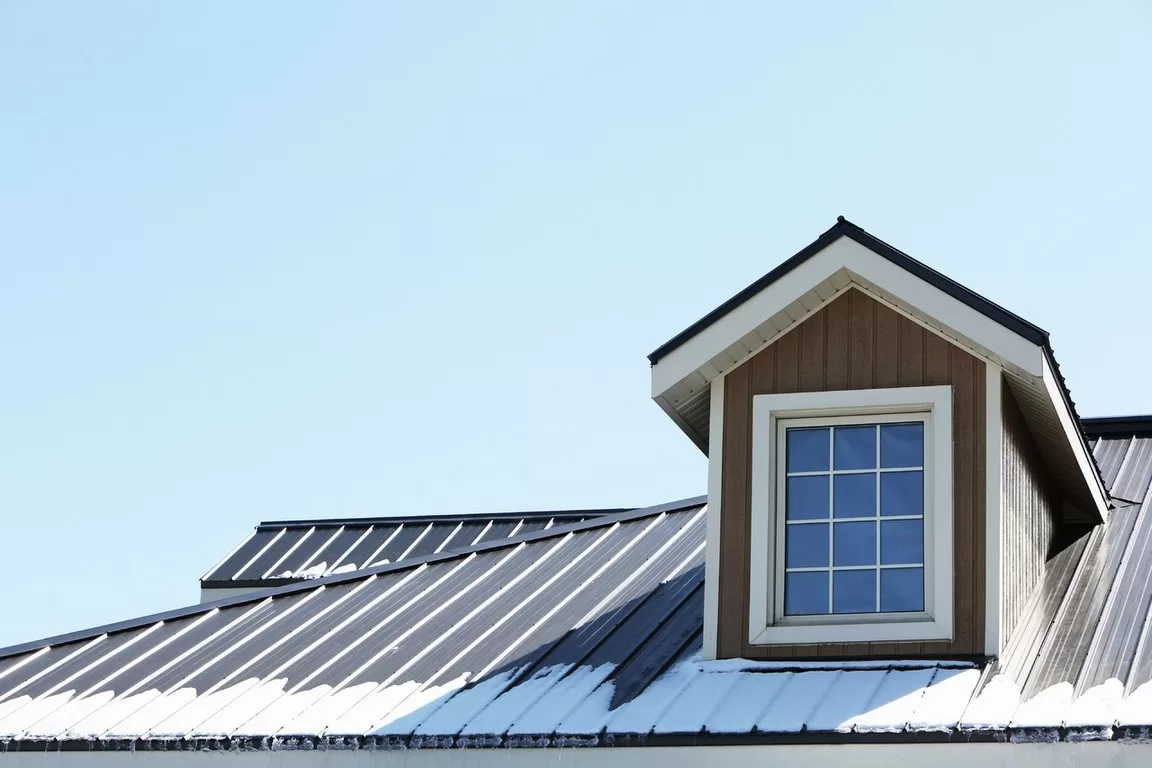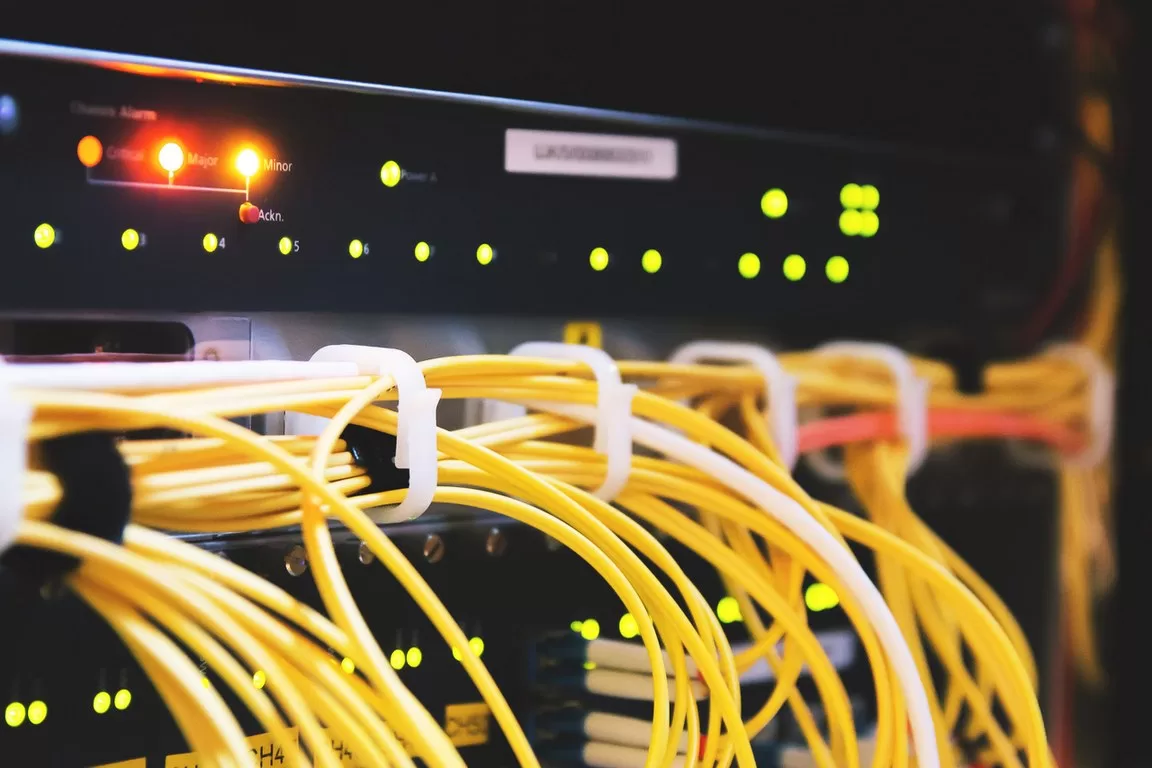As a commercial property owner, it’s essential to ensure that your property is in good condition, and one way to do that is by conducting regular inspections. One critical area to inspect is your commercial roof.

A commercial roof that is in good condition protects your property, assets, and tenants from harm. In this article, we will discuss how often you should have your commercial roof inspected.
The Importance of Regular Commercial Roof Inspections
Why Regular Inspections Are Important
Regular commercial roof inspections can help detect problems early on before they escalate into more significant issues. These issues could include structural damage, leaks, or potential fire hazards. Timely identification of such problems can save you a lot of money and hassle down the road.
Consequences of Neglecting Roof Inspections
Refrain from inspecting your commercial roof regularly to avoid severe consequences. If a problem goes unnoticed and is not addressed, it can cause significant damage to your property, which could lead to costly repairs or even replacement. Additionally, neglected roofs can pose a safety hazard to tenants, employees, and visitors to the property.
Factors That Determine How Often to Inspect Your Commercial Roof
Age of Roof
The age of your commercial roof plays a significant role in determining how often you should inspect it. Older roofs are more likely to have problems and require frequent inspections to ensure they are in good condition. For instance, if your commercial roof is over 10 years old, inspecting it at least twice a year is recommended.
Type of Roofing Material
Different roofing materials have varying durability and require different levels of maintenance. For instance, a flat roof made of modified bitumen or TPO requires more frequent inspections than a sloped roof made of metal. Knowing the type of roofing material and its maintenance requirements is critical in determining how often to inspect your commercial roof.
Recommended Frequency of Commercial Roof Inspections
Annual Inspections
For most commercial properties, it’s recommended that you have a professional inspection at least once a year. This is especially true for properties with new roofs, as it allows the inspector to identify any installation issues and ensure that the roof is in good condition.
Bi-Annual Inspections
If your commercial roof is over five years old, inspecting it at least twice a year is recommended. This will help catch potential problems early on before they escalate into more significant ones.
During these inspections, a professional can check for issues like blistering, ponding water, or uplifted shingles. Early detection can save property owners a lot of money in the long run.
Quarterly Inspections
If your commercial property is in an area with extreme weather conditions or is subjected to heavy foot traffic, it’s recommended that you inspect the roof quarterly. This will help detect any issues caused by wear and tear and ensure that the roof is in good condition.
Read Also:
Signs That Indicate Your Commercial Roof Needs Inspection
Visible Damage
If you notice any visible damage to your commercial roof, such as cracks, tears, or holes, it’s a sign that you need to have it inspected. Visible damage could be caused by severe weather, impact from falling debris, or poor installation.
Water Stains on the Ceiling
If you notice water stains on your ceiling, it’s a sign that your commercial roof has a leak. A damaged roof, clogged gutters, or inadequate drainage could cause a leak. It’s important to have the leak repaired immediately and inspect your commercial roof to prevent further damage.
DIY vs Professional Commercial Roof Inspection
Benefits of Professional Inspections
While DIY commercial roof inspections may seem cost-effective, they are only sometimes reliable. Professional inspectors have the experience, knowledge, and equipment needed to identify potential problems that may not be visible to the untrained eye. Additionally, professional inspections come with detailed reports outlining any issues and recommended solutions.
Advantages of DIY Inspections
DIY inspections can be beneficial between professional inspections to identify potential problems early on. However, it’s important to note that DIY inspections should never replace professional inspections.
DIY inspections can involve checking for debris buildup, ensuring clear gutters and drains, and looking for signs of wear and tear. But, professional inspections are more thorough and can identify hidden issues.
Regular commercial roof inspections ensure your property is in good condition and free from potential hazards. The recommended frequency of inspections depends on factors such as the age of your roof, type of roofing material, and property location.
Signs that your commercial roof needs inspection include visible damage and water stains on the ceiling. While DIY inspections can be beneficial, it’s important to have a professional inspection at least once a year to ensure that your commercial roof is in good condition. Click here to schedule a professional commercial roof inspection for your property.









